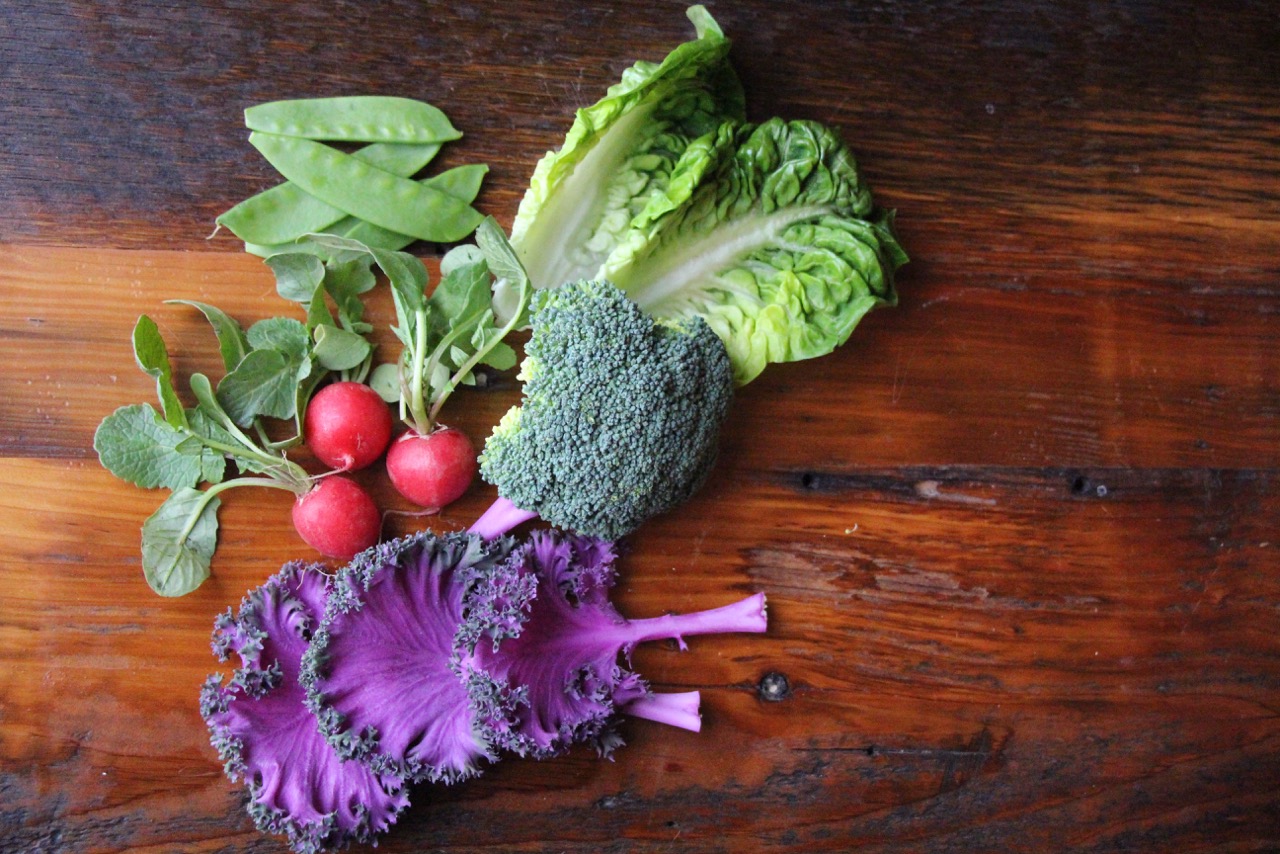A spring garden after months of winter — the coldest season — is undoubtedly a treat for your eyes. With freezing temperatures, wind chill, and eating all those greens (leafy vegetables), carrots, or canned foods, fresh food from your kitchen garden sounds quite exhilarating. Many people are turning to organic fruits and vegetables for a healthy diet and as an extension of their love for gardening.
If you are a gardening aficionado and don’t want to be a part of the waiting game till next summer, here are the top 6 spring vegetable seeds to get an early start on your harvest.
Lettuce
This versatile springtime staple is easy to plant, fast-growing, and thrives in cool weather. It is resistant to pests and diseases and yields a bumper crop in small spaces. It takes about a month to germinate and can be harvested in the baby stage. For consumption, use it quickly as it does not keep long. To add colour to your salads, they come in varieties like cherry red, green, yellow, pink, and bronze.
Capsicum
A powerhouse of vitamins A, C, and E; capsicums generally develop slowly and take up to 3 months before you can harvest them. They need 4-5 hours of direct sunlight and are ideal for growing during late spring (March to July). They are initially green and gradually develop their full colour, like red, yellow, purple, or orange. You can pick them up early, but leaving them a bit longer makes them taste sweet!
Beans
Dependable and easy to grow, beans make for ideal spring vegetable seeds and go well with all dishes. They grow best in warm soil and full sunlight and can be harvested within 60 days. Considered a superfood due to its high nutritional value and fibre content, beans also help protect against diabetes and cardiovascular diseases.
Cucumber
Rich in water (about 95%), cucumbers are long, lean veggies with a slight melon-like taste and are perfect for spring. Plant them in fertile soil before the last frost with 6-7 hours of daily sunlight. Look for a sunny spot and plant seeds in rows about 5-6 feet apart. You can harvest them within 50-70 days. Famous for salads, the dwarf variety is best for pickling.
Tomatoes
Tomatoes, including cherry tomatoes, love to bask in the sun. They prefer warm soil and take around 40-50 days to harvest with a constant supply of compost. The round, pulpy shape of the tomatoes requires a lot of space to grow, so plant the seeds approximately 2-3 feet apart. Tomatoes need at least 6-8 hours of direct sunlight for the finest flavour if growing them between March and May.
Peas
For beginners, peas are a fantastic crop. Peas may germinate between 40-75°F. You may plant peas on the window for a speedy harvest during any month. However, you might consider cultivating them in many temperate zones in a sheltered space.
Prepping Your Garden
This post has compiled a list of the top 6 spring vegetable seeds you should try growing this season. If you desire an abundant harvest, you must pick the right seeds. Order your seeds from a reputable site that guarantees high-quality, organic seeds. Always opt for hardy vegetables to plant in the spring season, as the chills do not agree with many plants. Check the soil in your garden for any signs of frost. It often rains during spring, so do not attempt to plant in wet and muddy conditions. Be ready to protect your plants in case of an unexpected late frost. You must cover them with an old sheet, newspaper, or frost cloth overnight.


 Home
Home









